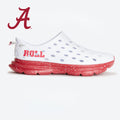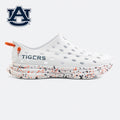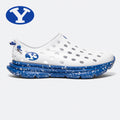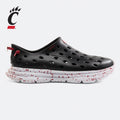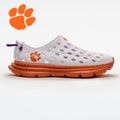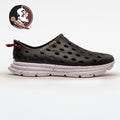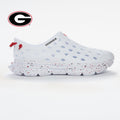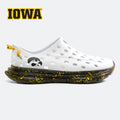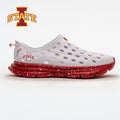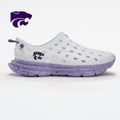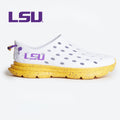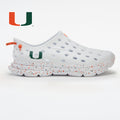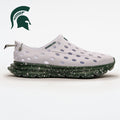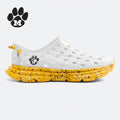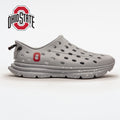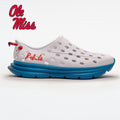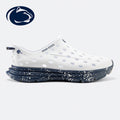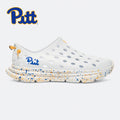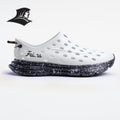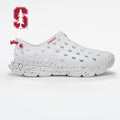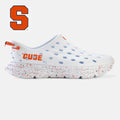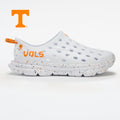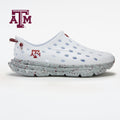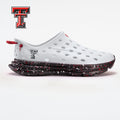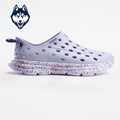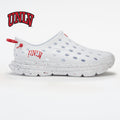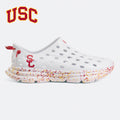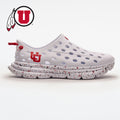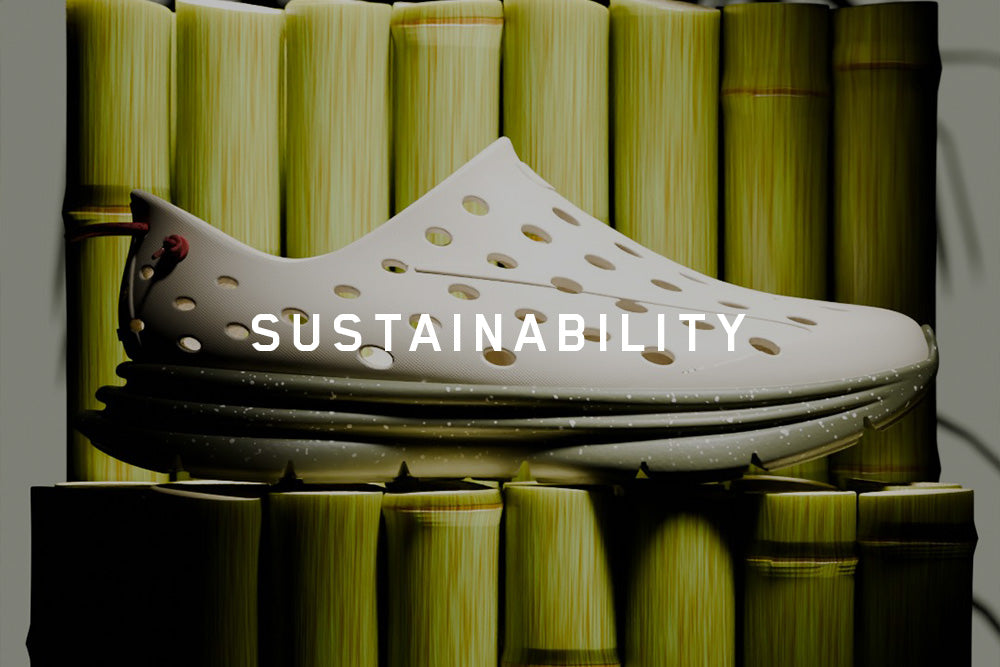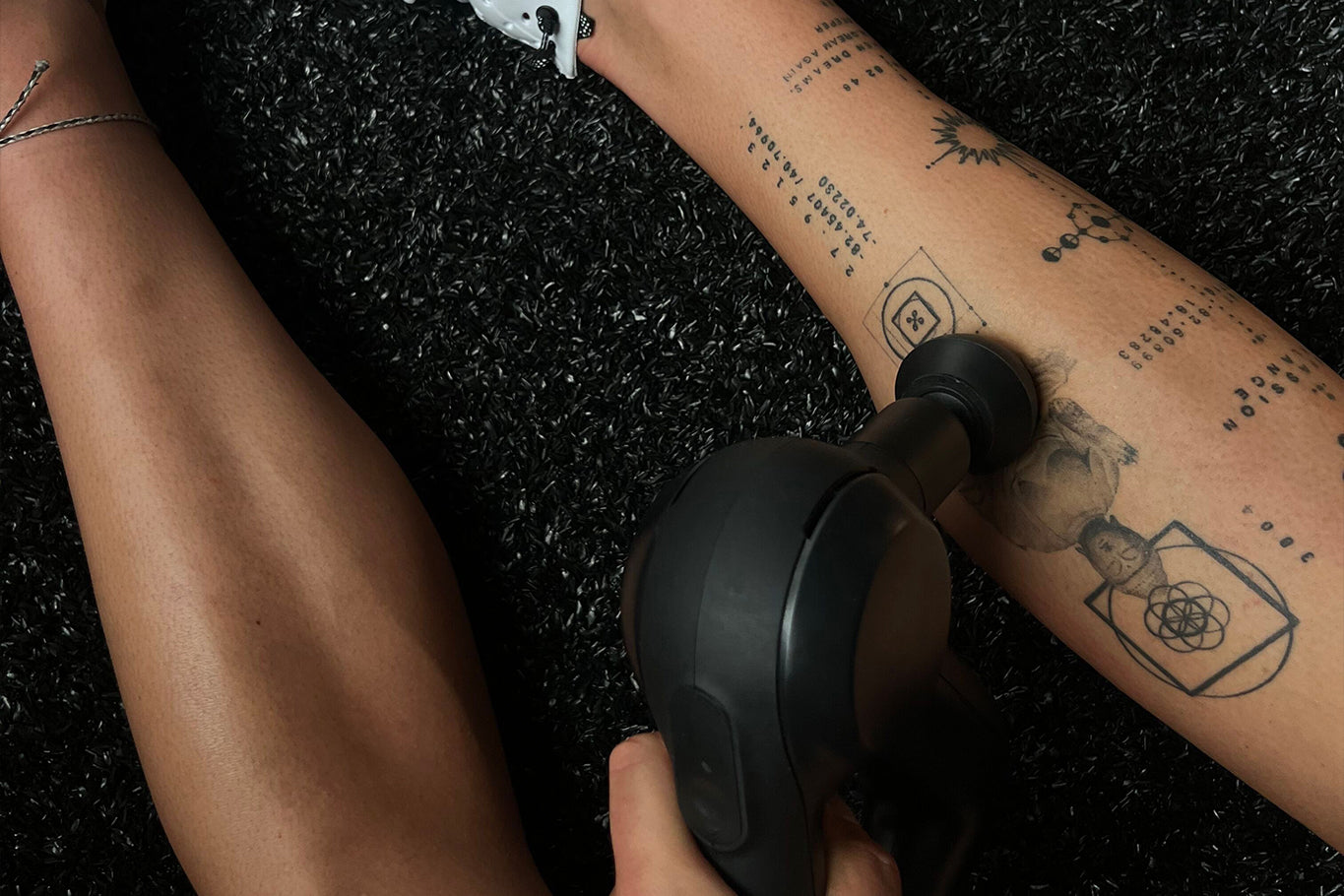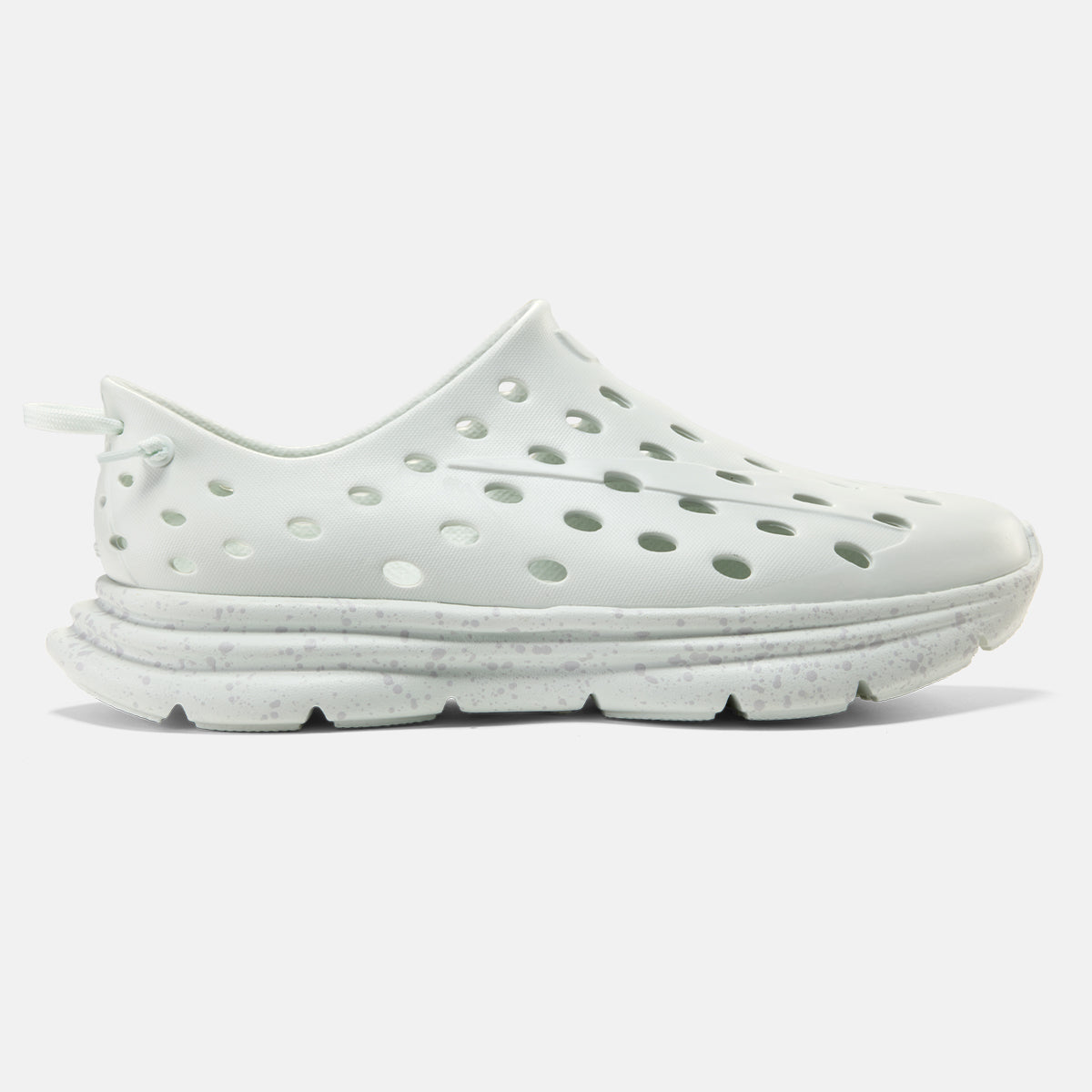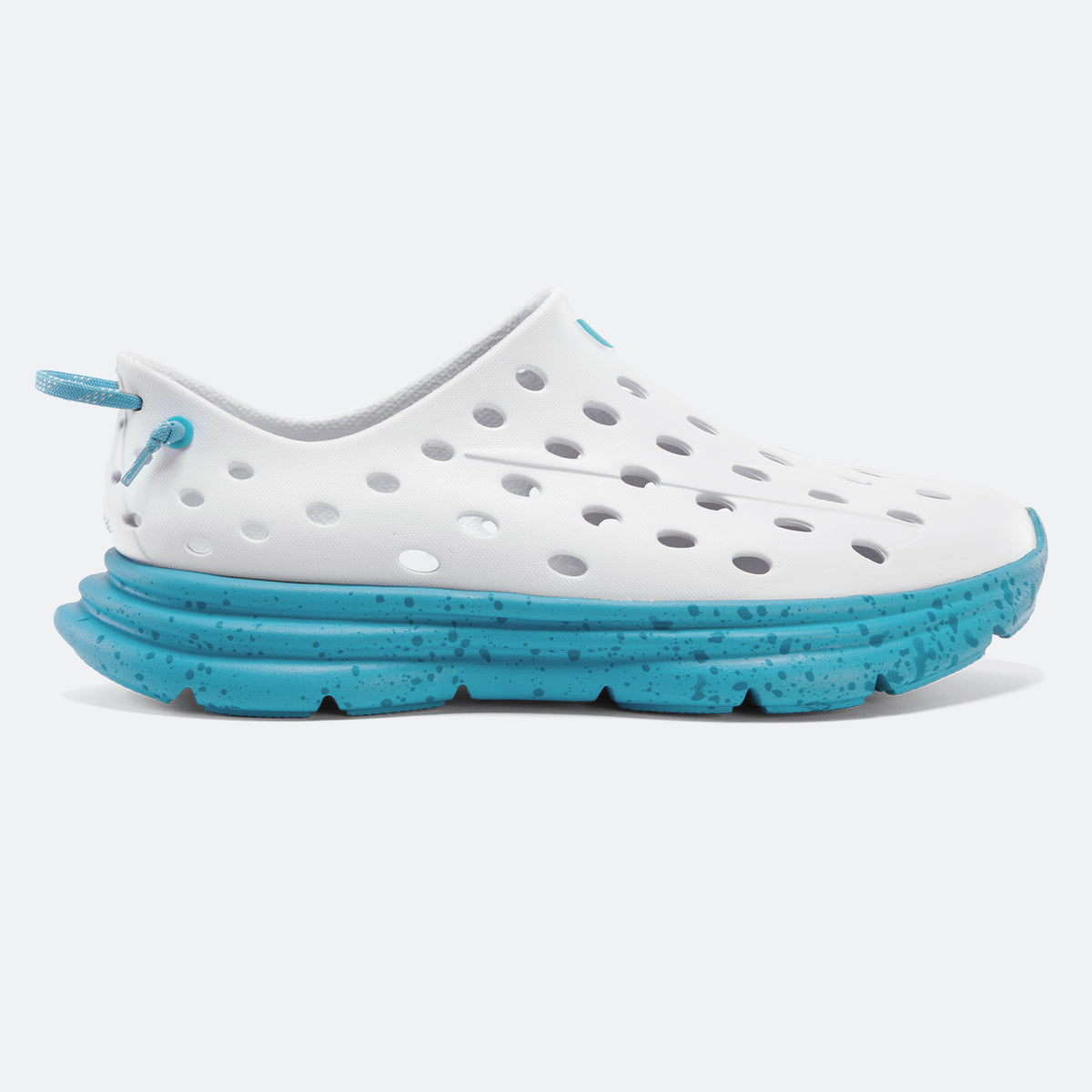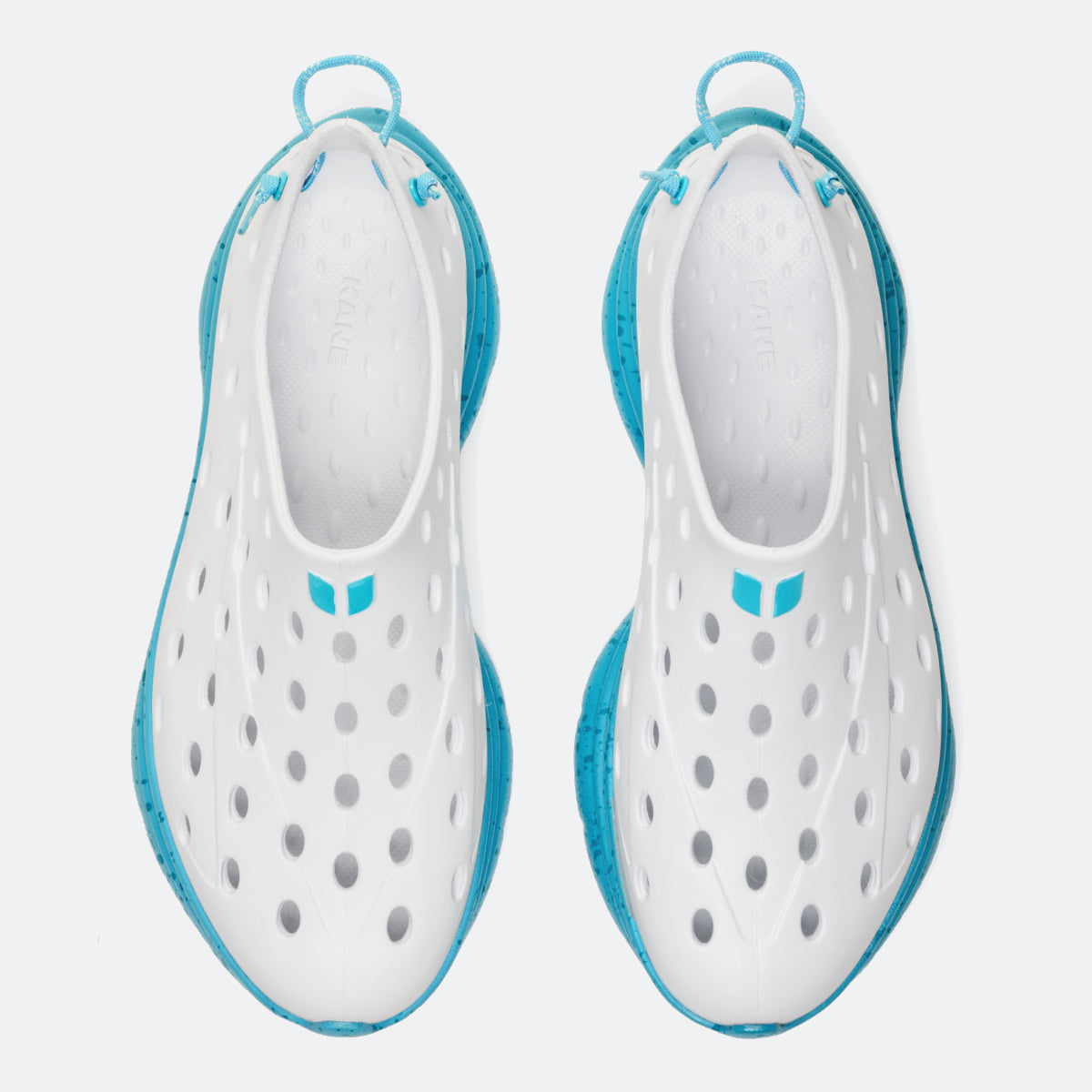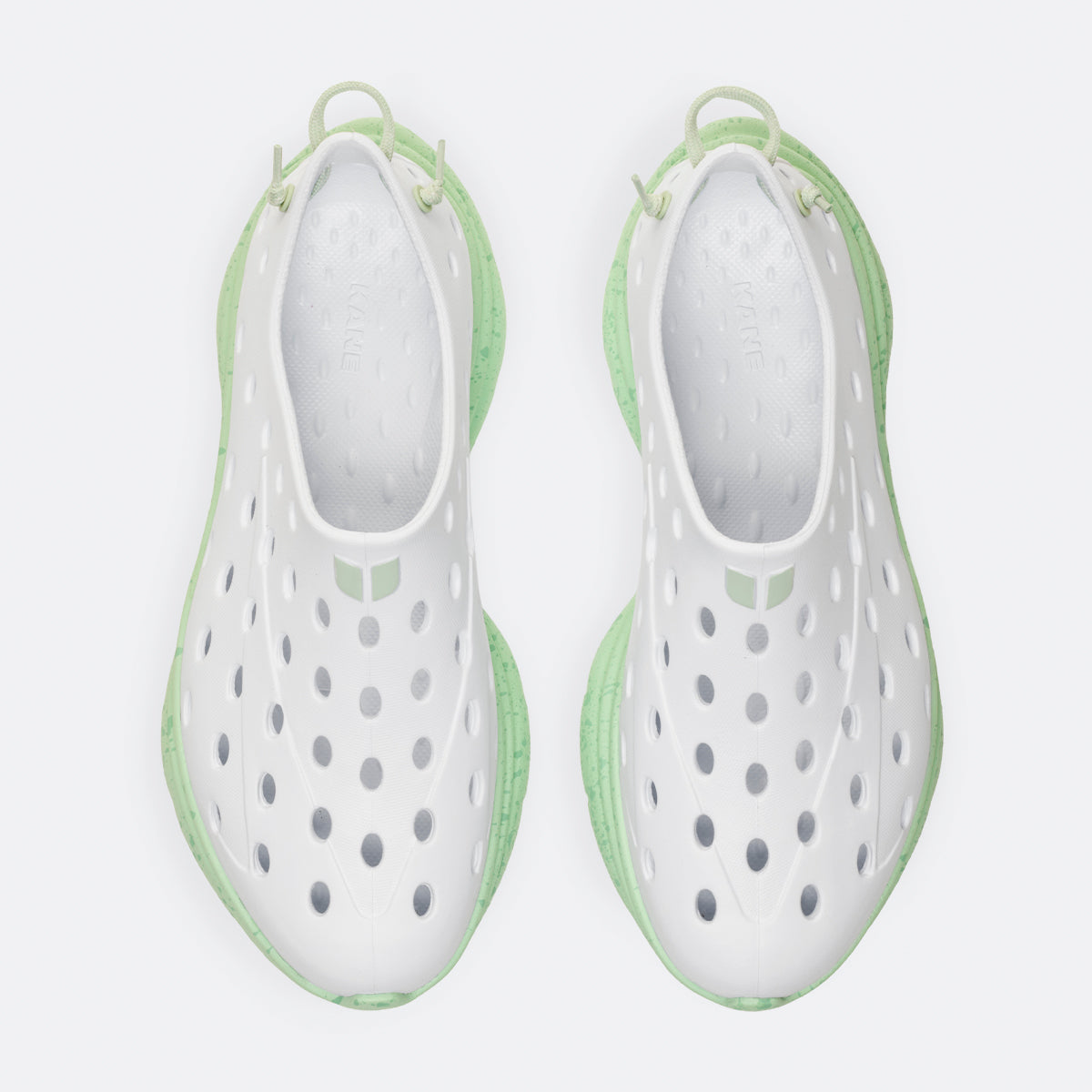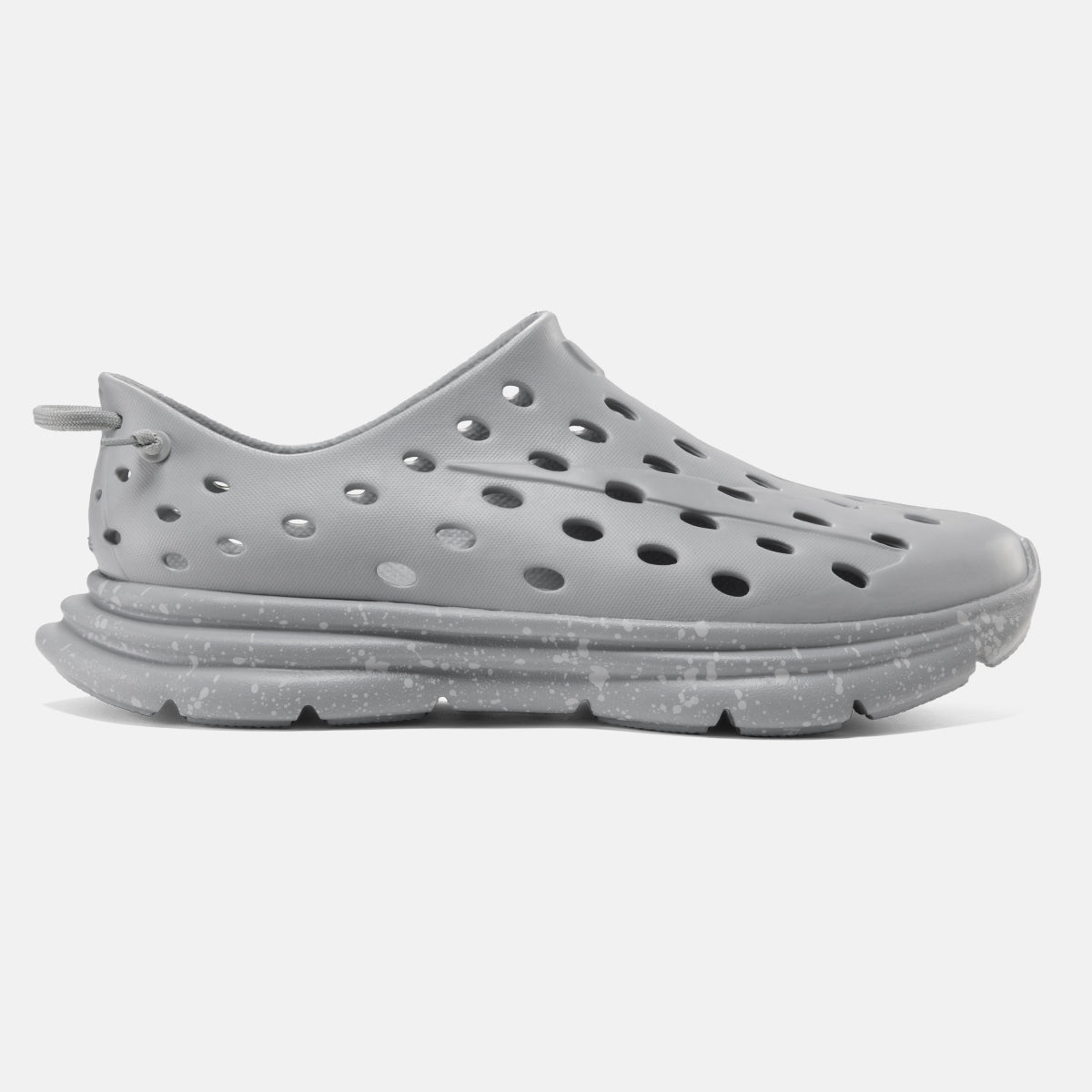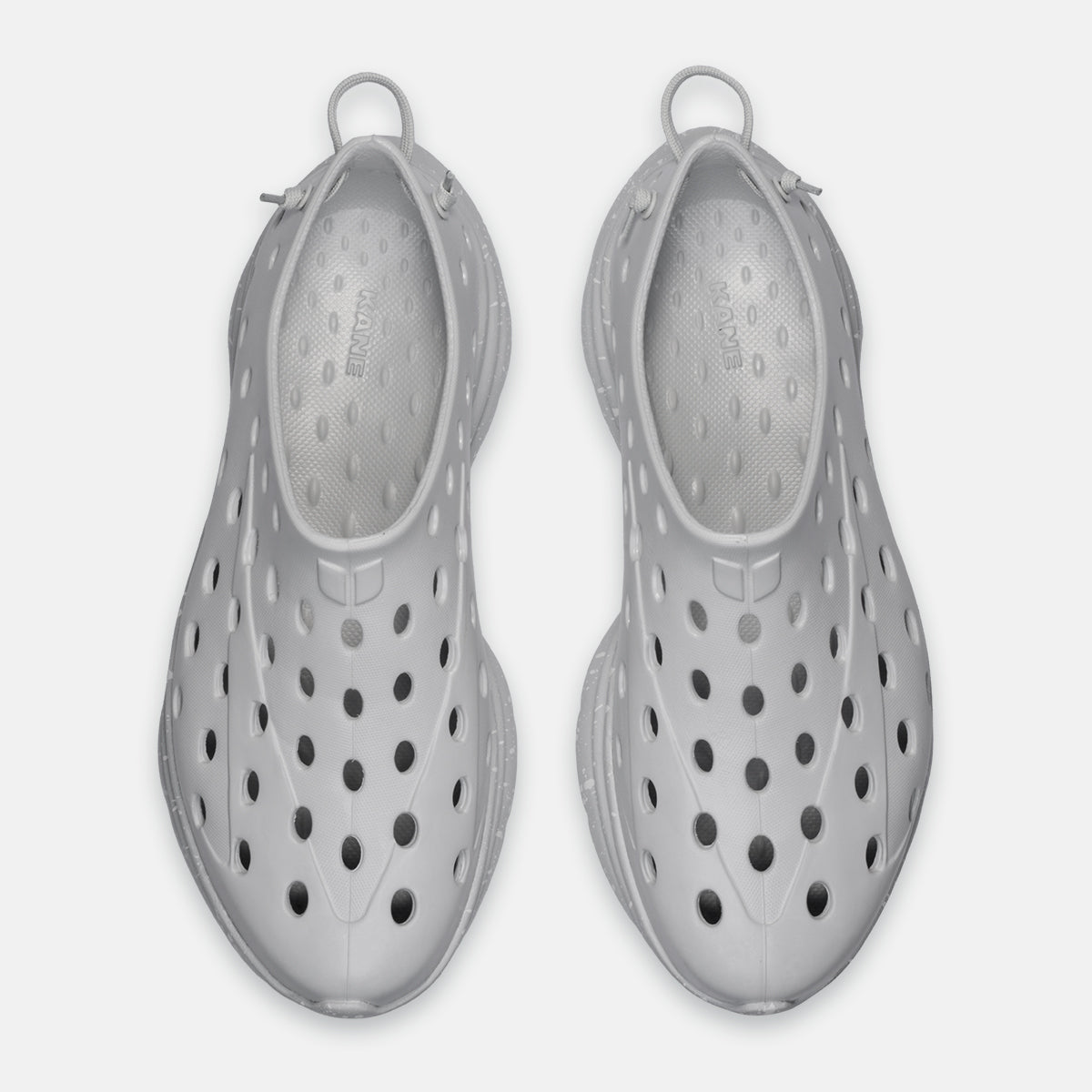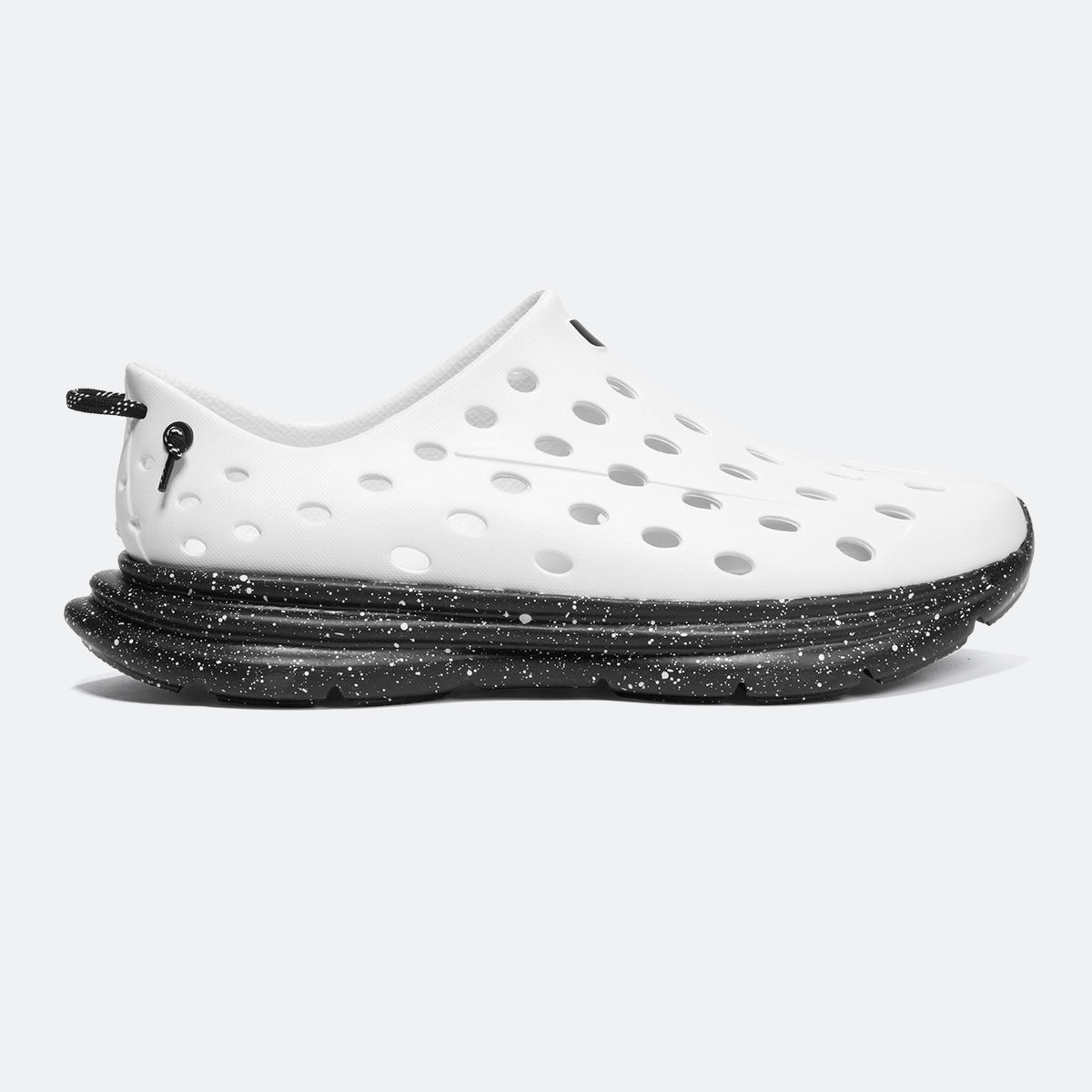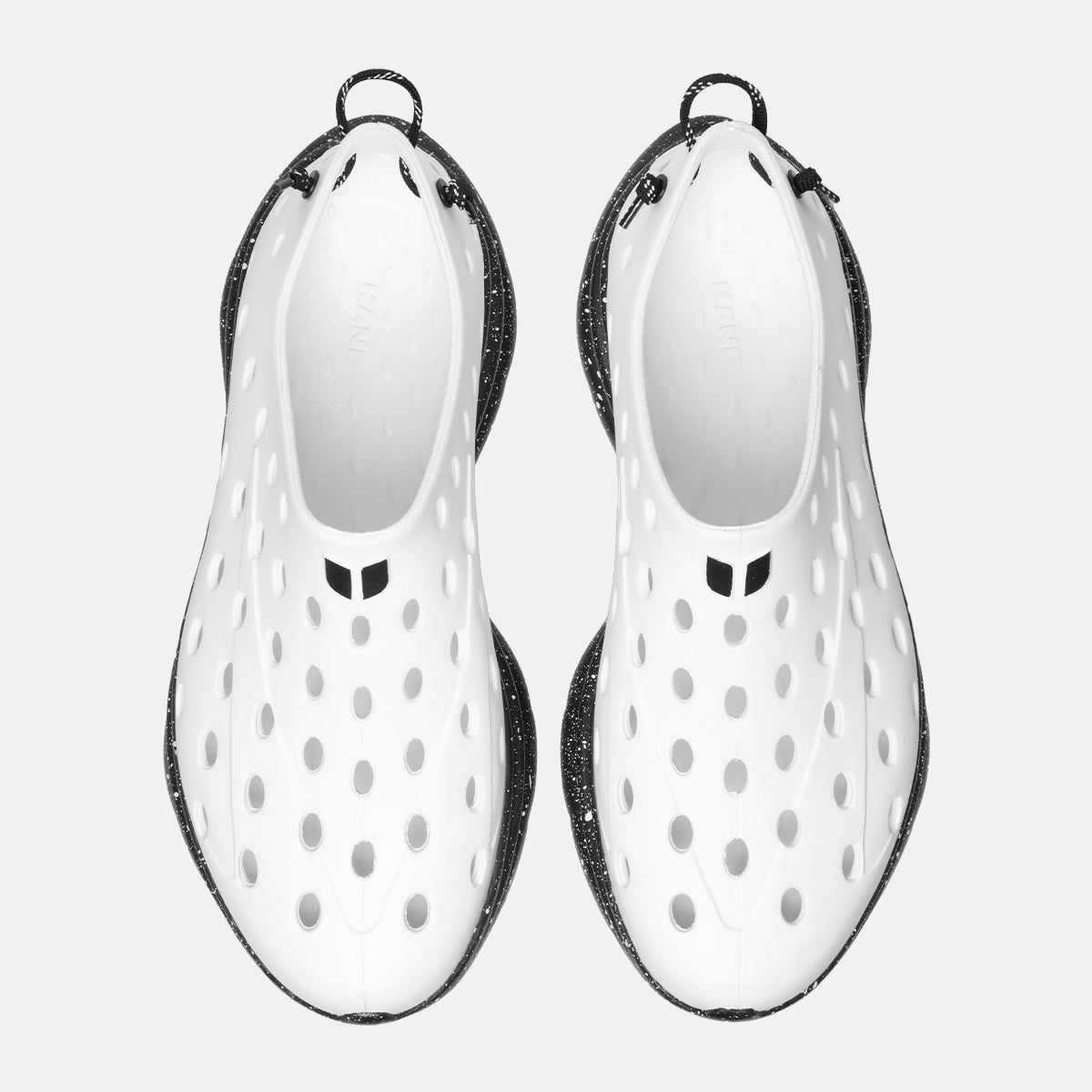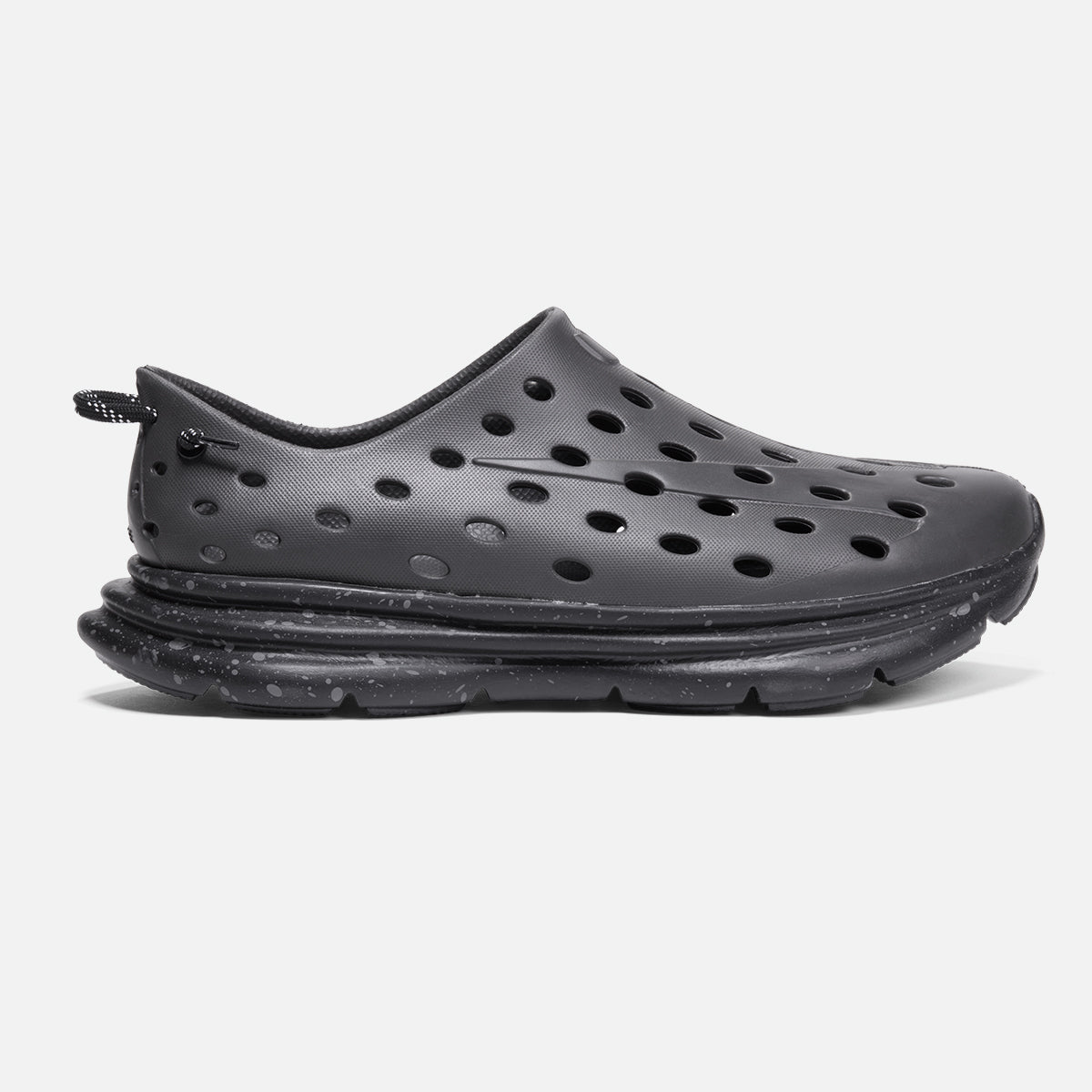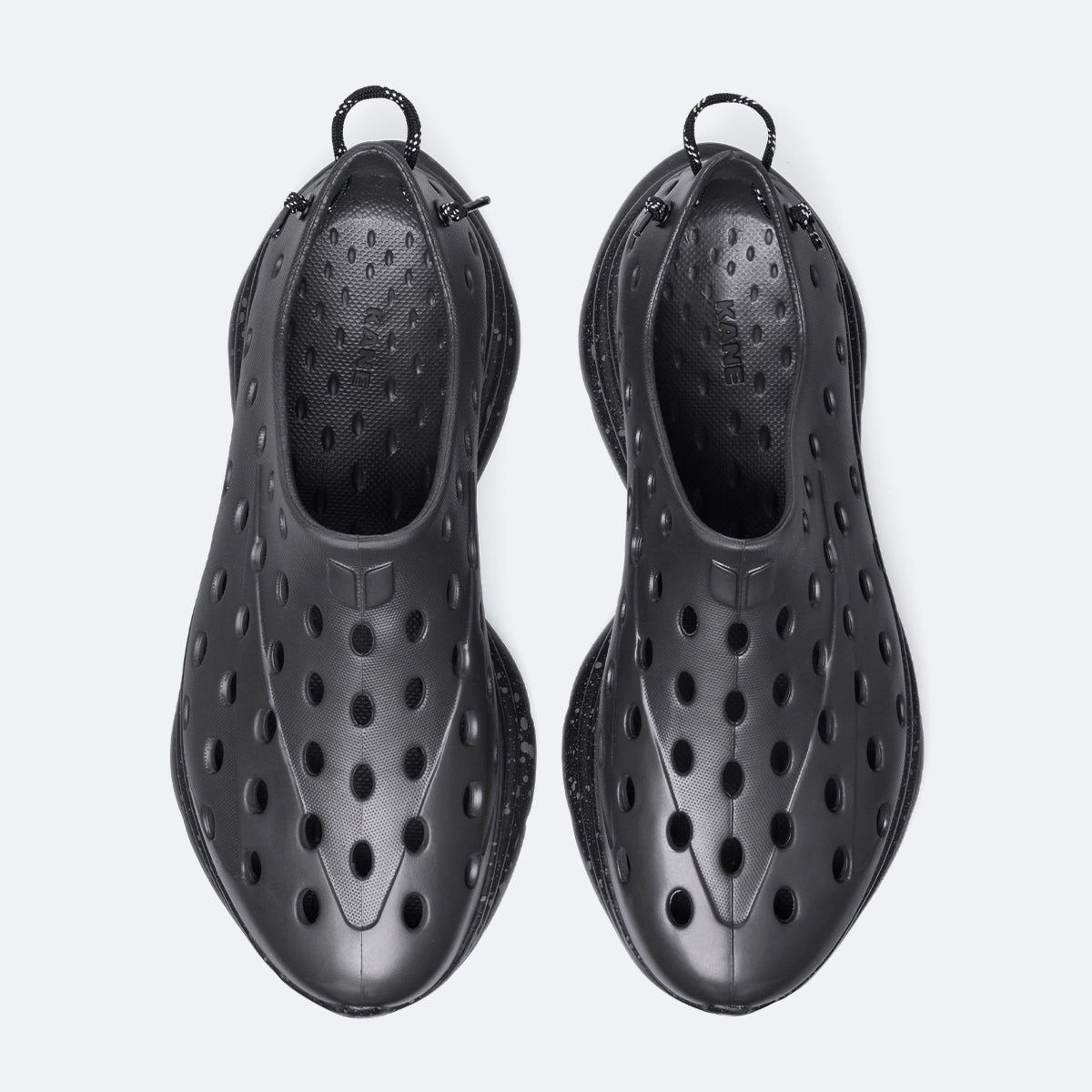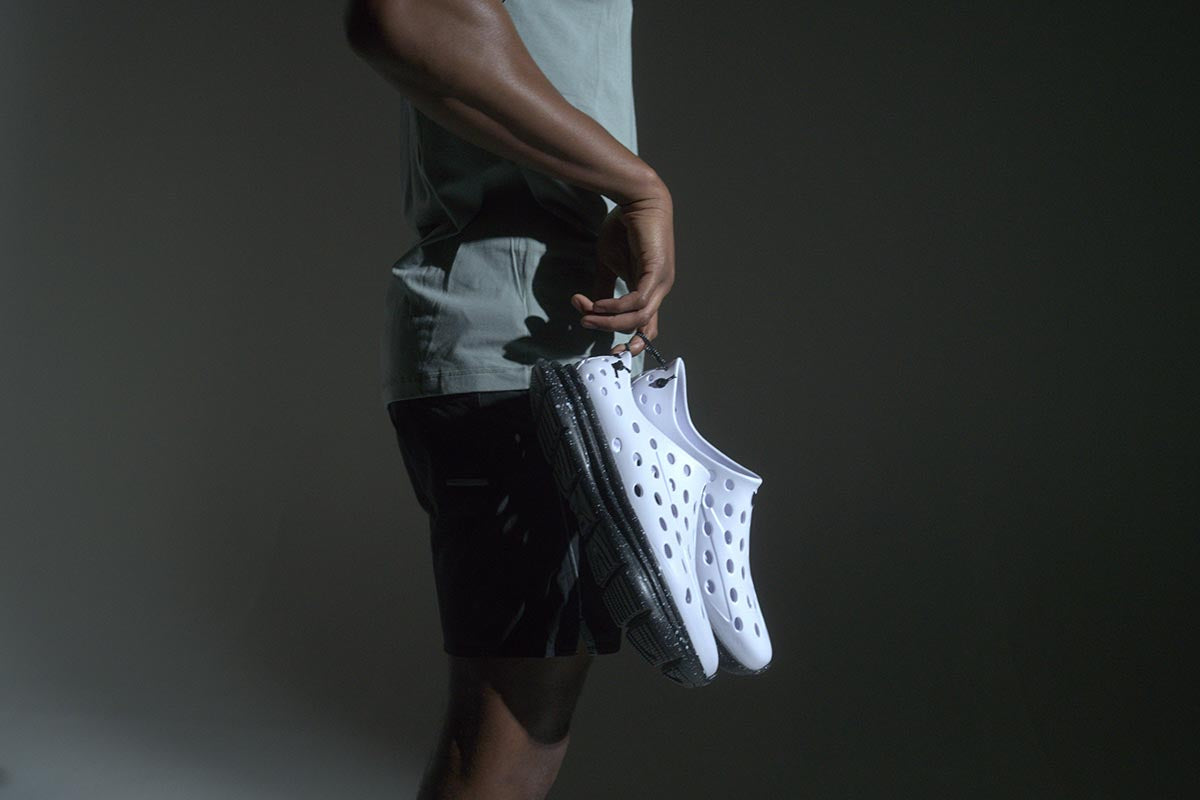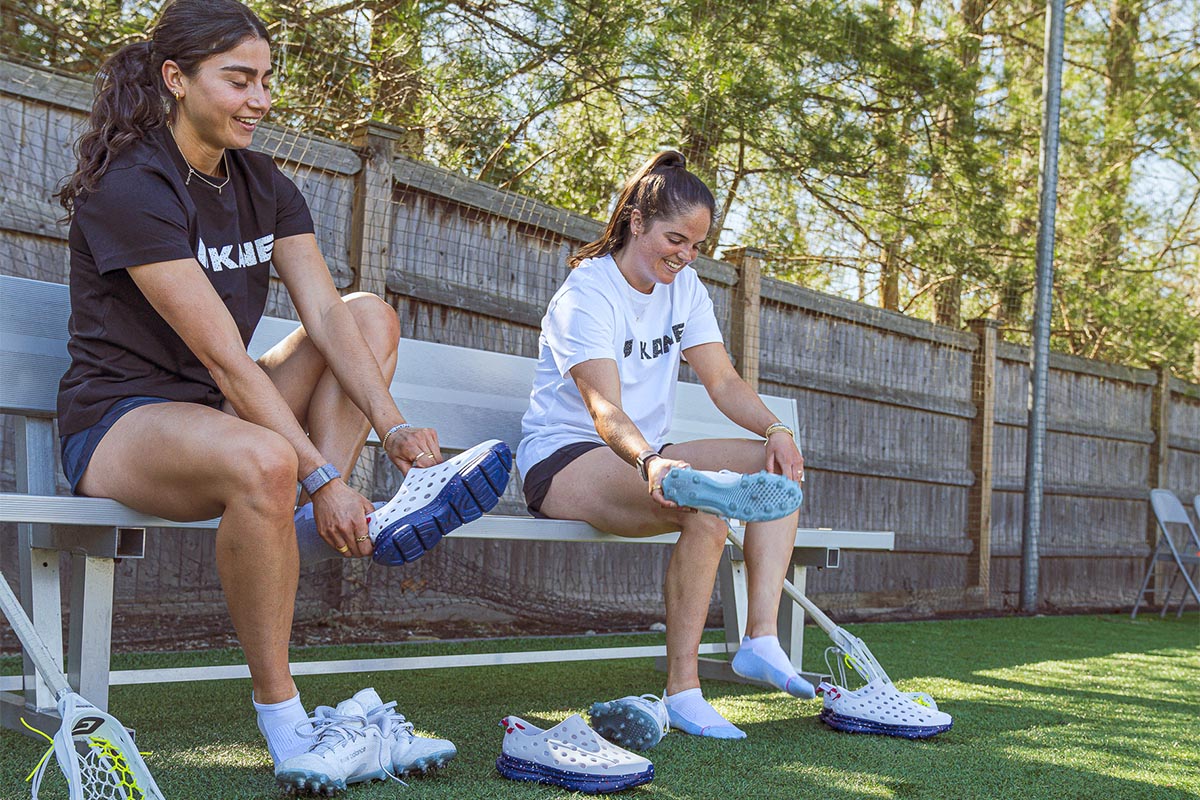Intense workouts often leave us with screaming muscles, and that familiar next‑day struggle just to walk down the stairs. If you're dealing with post‑exercise aches, you've probably wondered: Does massaging sore muscles help?
The short answer is yes. Research shows that massage provides benefits for sore muscles. Let's explore how massage works, the best times to apply it, and which techniques will help restore your muscles to peak performance.
Understanding muscle soreness
What causes muscle soreness?
Delayed onset muscle soreness (DOMS) develops 12‑48 hours after a workout when microscopic tears occur in muscle fibers—especially during eccentric contractions. These microtears trigger inflammation as your body repairs the tissue:
- Muscle cells release enzymes and proteins into surrounding tissue
- Blood flow increases to deliver nutrients and remove waste
- Inflammation begins as a natural defense mechanism
- Muscle swelling and pain arise during the healing process
Types of muscle soreness
- Acute soreness: Occurs during or immediately after exercise; resolves within hours.
- Delayed onset muscle soreness: Peaks 24‑72 h post‑exercise; stems from structural muscle damage.
- Chronic pain: From overuse or injury; may require medical evaluation.
Does massaging sore muscles help?
Scientific evidence supporting massage
- Studies show massage can reduce DOMS by ~30%.
- Therapeutic massage decreases inflammation and boosts blood flow.
- Harvard research indicates massage helps injured tissue heal faster and stronger.
How does massage work on sore muscles?
- Enhances circulation to deliver oxygen and nutrients.
- Optimizes, not blocks, helpful inflammation.
- Releases tension and realigns muscle fibers.
- Activates “gate control” effect—pleasant pressure overrides pain signals.
Types of massage for muscle soreness relief
Deep tissue massage
Uses firm pressure to target chronic tension, stubborn knots, and scar tissue. Discomfort is normal, but sharp pain means the pressure is too high—communicate with your therapist.
Swedish massage
Gentle strokes boost circulation and promote relaxation—ideal for beginners or those seeking overall wellness.
Sports massage
Tailored to athletes, focusing on sport‑specific muscles, pre‑exercise prep, post‑exercise recovery, and injury prevention.
Self‑massage techniques
- Foam rolling: Slow, controlled pressure releases tension and improves mobility.
- Massage tools: Balls, sticks, and percussion devices target specific areas—use moderate pressure to avoid injury.
Optimal timing and frequency for massage
When to massage sore muscles
- 2–6 h post‑workout: May reduce DOMS development.
- 24–48 h window: Significant pain relief at soreness peak.
- Chronic issues: Regular sessions maintain function and prevent flare‑ups.
Duration and intensity guidelines
- 15‑30 min for localized soreness
- 45‑60 min for full‑body recovery
- 90 min for comprehensive therapeutic work
- Pressure: Firm but never sharply painful
Complementary recovery strategies
Holistic recovery approach
- Adequate protein + carbs for muscle repair and glycogen replenishment
- Anti‑inflammatory foods (tart cherry juice, fatty fish, berries)
- Hydration to support circulation and nutrient delivery
- 7‑9 h of quality sleep for growth hormone release
Active recovery methods
- Light walking, cycling, or swimming
- Gentle stretching and mobility drills
- Heat (after 48 h) or cold (first 24 h) therapy
- Supportive footwear to reduce stress on healing tissues
Discover Kane Recovery Shoes!
Kane's recovery shoes offer superior support and comfort with an adjustable hook‑and‑loop single‑strap upper, plush TPR footbed, and durable injected EVA outsole. As a Certified B Corporation, Kane donates 1% of profits to environmental charities.
When and how to wear Kane Revive
Slip them on right after strenuous activity—secure the strap snugly for optimal fit and let the cushioned sole ease stress on recovering muscles and joints.
When should you skip the massage?
- Acute injuries with significant swelling/bruising
- Open wounds or skin infections
- Severe inflammation from recent trauma
- Chronic pain conditions without medical clearance
Signs to seek professional help
- Worsening pain instead of improvement
- Soreness lasting >1 week
- Persistent swelling unresponsive to rest/ice
- Numbness or tingling
How to get the best results from a massage
DIY massage techniques
Use palms, fingers, or tools to apply steady pressure toward the heart to support lymphatic flow. Focus additional time on especially tight spots.
Professional massage considerations
Select a licensed therapist, communicate goals and comfort levels, and follow their recommended session frequency for sustained benefits.
Making massage work for your muscle recovery
Massage reduces inflammation, boosts circulation, and speeds recovery. Combine the right technique with smart timing, consistent sessions, and complementary strategies—nutrition, sleep, hydration, active recovery, and supportive footwear—to keep workouts on track and muscles performing at their best.
Frequently asked questions
Is it good to massage sore muscles?
Yes—massage lowers pain, inflammation, and recovery time when applied with appropriate pressure and technique.
Why does pressing on a sore muscle feel good?
Massage pressure activates nerve pathways that override pain signals and triggers endorphin release—your body’s natural painkillers.
How do you make sore muscles heal faster?
Combine massage, proper nutrition, quality sleep, light movement, and hydration for the quickest recovery.
When should you not massage a muscle?
Avoid massage on fresh injuries, open wounds, severe inflammation, or without medical clearance for chronic conditions. Stop if sharp pain occurs.
No content on this site should ever be used as a substitute for direct medical advice from your doctor or other qualified clinicians.




